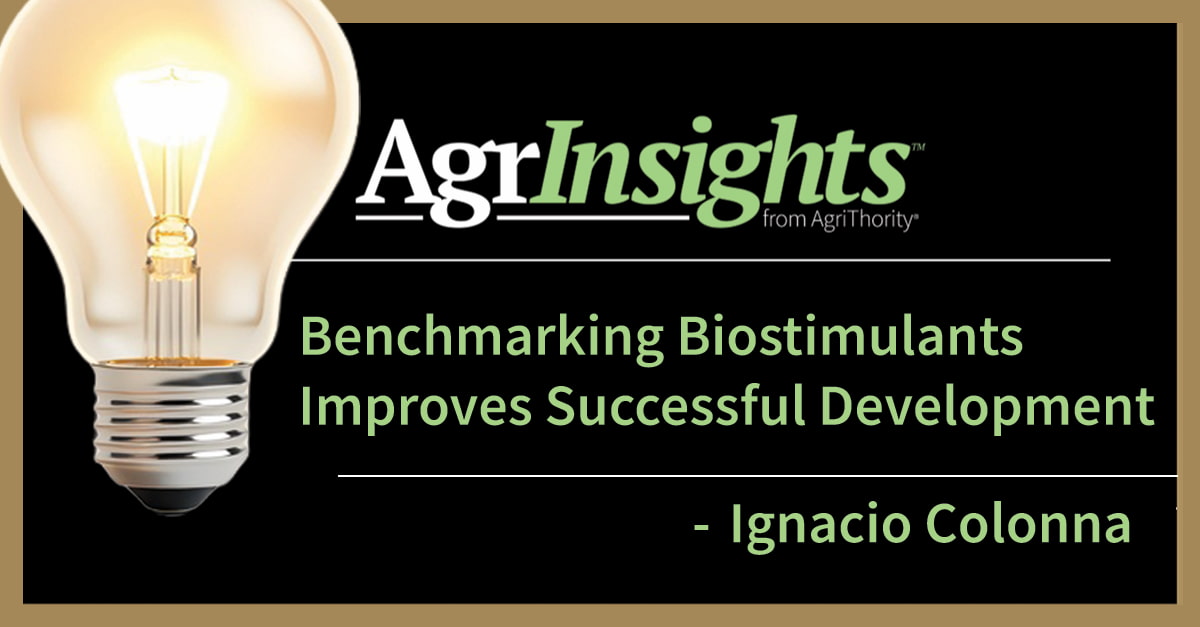Naturally occurring pest control has intrigued scientists for thousands of years. The earliest known reference to diseases of insects is from the writings of Aristotle over 2,300 years ago. Throughout history, many scientists have expanded our knowledge of insect diseases and laid the foundation for the use of these diseases in pest management.
Modern scientists have expanded the knowledge about microorganisms that will control not only insects, mites, spiders, and nematodes but also bacterial, viral, and fungal diseases. These microbial pest controls include bacteria, fungi, viruses, nematodes, protozoa, and other microorganisms that impact populations or control pests.
While scientific advancements continue the exploration, is the best yet to come? The journey already has been long, yet fruitful; but, new technologies create a high level of promise for the future.
The development and understanding of pathology and physiology of both insects and plants are fundamental to successful use of microbial pest control. This evolution faces many challenges in current crop production practices. Obstacles range from insect and weed resistance to product formulation, production scalability, shelf-life, application timing, and, of course, environmental conditions.
Despite the lengthy scientific investigations into microbial pest controls, successful role models do exist.
BT: Bacteria use as a Microbial Pest Control
Early development of the concept of microbial control was dominated by research on diseases of two important beneficial insects of the time, silkworm and honeybee. While working to control a problem, scientists realized a valuable use for the cause of the problem—a soil-dwelling bacteria known as Bacillus thuringiensis (BT).
In 1901 a Japanese biologist, Shigetane Ishiwatari, was studying wilt disease in silkworms. His is the earliest record of the isolation of this BT bacteria from an infected insect.
Between 1901 and 1938 researchers explored the mode of action that resulted in BT’s insecticidal action. BT produces proteinaceous crystals that are potent insect toxins. The conditions of how and when these toxins are produced were identified and the result was the realization of the insecticidal potential of BT. Further basic research revealed that different strains of BT produced toxins that were active against different groups of insects and each toxin had a very narrow host range. Some BT strains produce insect toxins and others produce toxins effective against nematodes.
While manufacturers struggled with early formulations for commercial products, excellent performance was achieved with improved application and timing. The performance of microbial control products has continued to improve due to advancements in fermentation and harvesting procedures, identification of new and more active strains, and rigorous quality control. These have contributed to BT products becoming the most developed of all microbial control products. In fact, BT is the most commonly used biological pesticide worldwide. However, an apparently unlimited number of strains and extractions are yet to be discovered and developed.
Ongoing Discoveries
Currently 20 of the 50 BT strains listed as active ingredients in the United States Environmental Protection Agency (EPA) product database are in registered pesticide products. These 20 strains represent five subspecies of BT and a total of 346 active product registrations. After 100 years of research, new strains of BT with novel pest activity are being identified regularly. There is no end in sight. Advanced technology currently allows the identification of new strains faster and more efficiently; the search for new strains through collections of wild populations is taking place at an accelerated rate.
In addition to the discovery of new strains, further characterization of known strains will continue to be identified. Better formulations and more efficient production methods will likely elevate many microbial control agents to commercial acceptability. Improvements in our understanding of the ecology of target insects and their pathogens, together with the optimization and use of genetic tools, will continue to contribute to the development and optimization of microbial control measures.
Further development will need to be supported and promoted by various stakeholder sectors to facilitate the market reach of these environmentally friendly solutions. The rapidly growing public interest in sustainable production practices is creating a highly receptive marketplace around the world.
AgriThority® is experienced at testing hundreds of different species of microbial control agents. Through our knowledge and expertise, we partner with technology developers throughout the entire development process. Our business, market and product development services, with regulatory support, cover the U.S. and many other countries around the world. Our expert network and services help move innovative and biological products across borders. This includes logistics for compliance with specific import and release permit requirements, as well as shipping and customs clearance management, protocol design, and implementation; all of which is supported by business and market development consultation. We are proud to play a role in transforming production practices toward sustainable and eco-friendly food systems, not only for the planet but also for all individuals who are part of it.
This is a preview from the whitepaper that expands on microbial pest control agents of bacteria, fungi, viruses and nematodes: Evolution of Microbial Pest Control—The Best is Yet to Come by Richard Shaw, Eleonora Da Riva, and Dr. Paula Prieto.
To be notified of the whitepaper’s release, please let us know.



